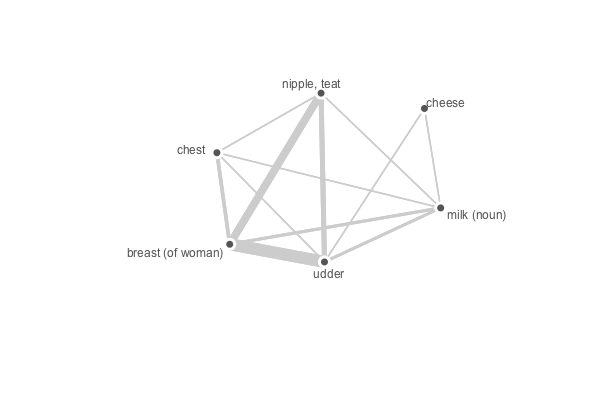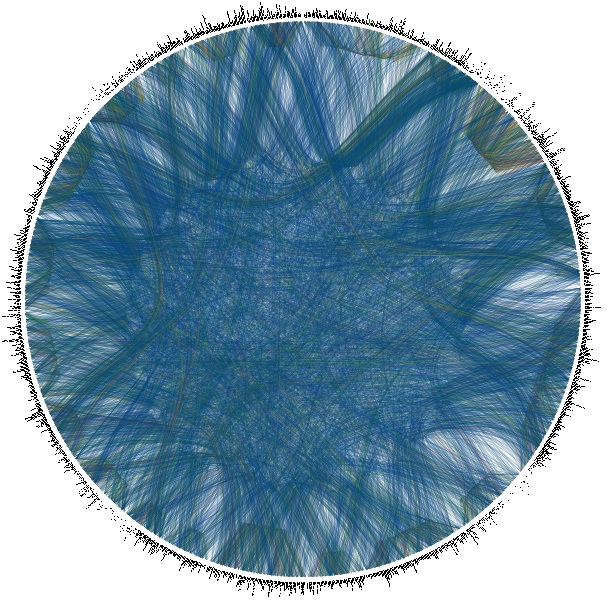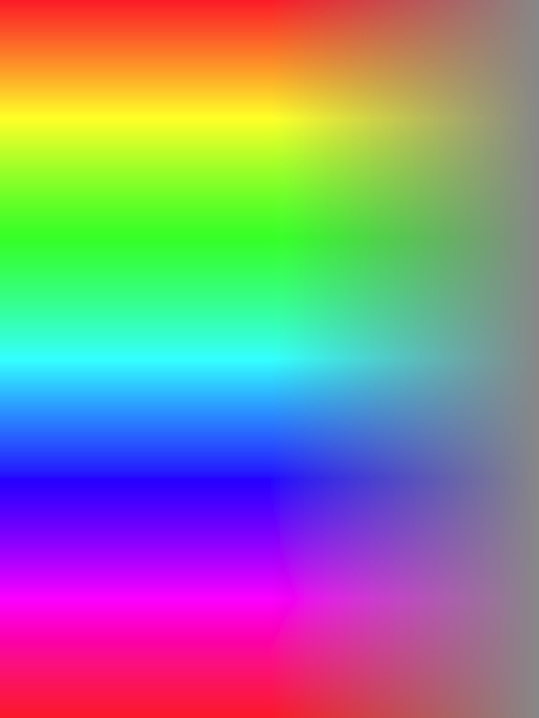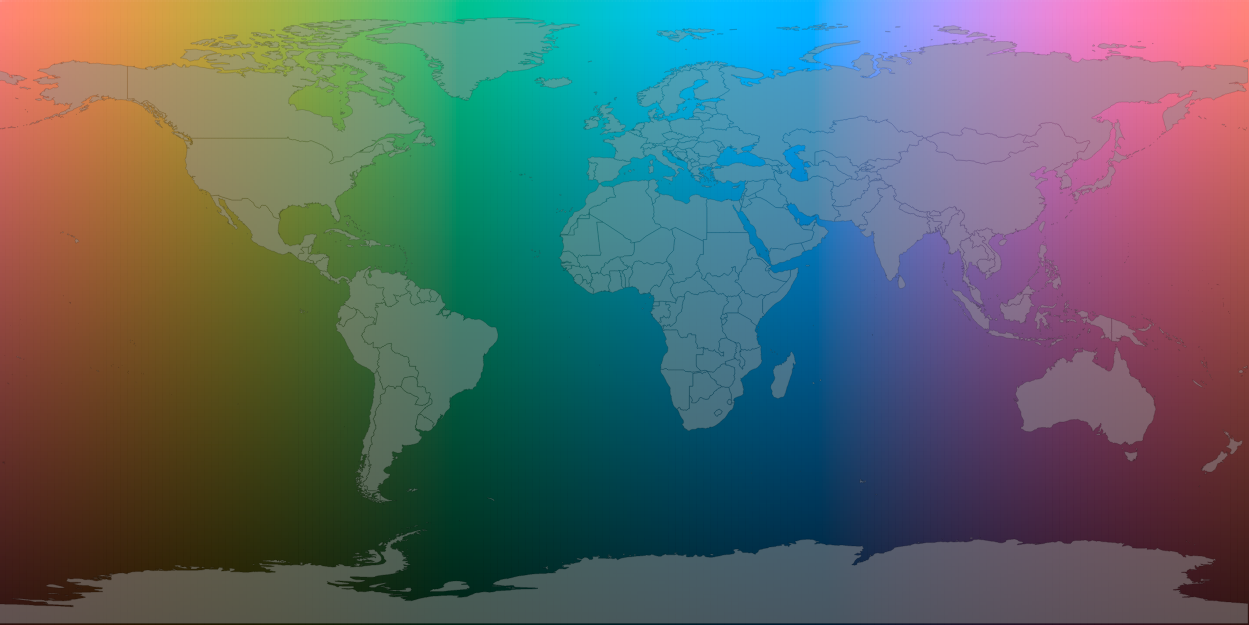 |
 |
Mayer, List, Terhalle, Urban |
 |
 |
 |
Mayer, List, Terhalle, Urban |
 |
Thomas Mayer /
thomas.mayer@uni-marburg.de
Johann-Mattis List /
mattis.list@uni-marburg.de
Anselm Terhalle /
terhalle@phil.uni-duesseldorf.de
Matthias Urban /
m.urban@hum.leidenuniv.nl
| Key | Concept | Russian | German | ... |
|---|---|---|---|---|
| 1.1 | world | mir, svet | Welt | ... |
| 1.21 | earth, land | zemlja | Erde, Land | ... |
| 1.212 | ground, soil | počva | Erde, Boden | ... |
| 1.420 | tree | derevo | Baum | ... |
| 1.430 | wood | derevo | Holz | ... |
Network modeling of CLICS is pretty simple:


Since the resulting network is very, very dense, we try to break it down to smaller interesting pieces by:
function cl2pix(c,l){
var TAU = 6.2831853
var L = l*0.61 + 0.09;
var angle = TAU/6.0 - c*TAU;
var r = l*0.311 + 0.125
var a = Math.sin(angle)*r;
var b = Math.cos(angle)*r;
return [L,a,b];
};


